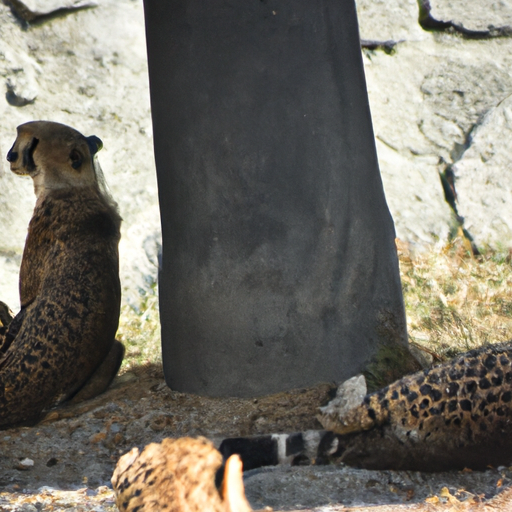 Introduction:
Introduction:
The practice of keeping animals in zoos has been a contentious issue for decades, sparking debates among animal rights activists, conservationists, and zoo proponents. While zoos aim to educate the public and contribute to the conservation of endangered species, critics argue that confining animals to limited spaces is unethical and detrimental to their overall well-being. This article aims to provide an extensive analysis of the pros and cons associated with keeping animals in zoos, highlighting both sides of the argument.
Pros of Keeping Animals in Zoos:
1. Conservation and Education:
One of the primary arguments in favor of zoos is their role in conservation efforts. Zoos provide a safe habitat for endangered species, protecting them from poaching, habitat loss, and other threats. They also contribute to breeding programs, facilitating successful reproduction and reintroduction into the wild. Additionally, zoos educate the public about the importance of biodiversity, promoting awareness and inspiring action for conservation.
2. Research and Scientific Study:
Zoos often collaborate with universities and researchers, allowing them to study animals up close. This proximity enables scientists to better understand animal behavior, physiology, and reproductive patterns, ultimately aiding in conservation efforts. Zoos serve as valuable resources for gathering data and conducting research that may not be feasible in the wild, leading to advancements in veterinary medicine, nutrition, and overall animal welfare.
3. Protection from Natural Disasters and Disease:
Zoos provide a controlled environment that protects animals from natural disasters, such as hurricanes, floods, or wildfires. Additionally, they implement strict health protocols, preventing the spread of diseases and parasites that can be detrimental to wildlife populations. By ensuring the safety and well-being of captive animals, zoos can act as a last line of defense against extinction.
4. Public Engagement and Connection:
Zoos play a crucial role in fostering a connection between humans and the natural world. By showcasing a variety of species, they create opportunities for individuals to develop empathy and concern for animals. This emotional connection can inspire people to become advocates for conservation and make more sustainable choices in their daily lives. Zoos also provide access to animals that are otherwise inaccessible, particularly for those living in urban areas.
Cons of Keeping Animals in Zoos:
1. Loss of Freedom and Natural Behavior:
Critics argue that confining animals to limited spaces deprives them of the freedom to engage in natural behaviors, resulting in physical and psychological distress. Animals in zoos may exhibit signs of boredom, stress, or aggression due to the lack of space, social interactions, and the inability to hunt or forage. The confinement can lead to physical health issues, such as obesity or weakened immune systems, as well as mental disorders like stereotypic behaviors.
2. Ethical Concerns:
The concept of depriving animals of their freedom for human entertainment raises ethical concerns. Critics argue that it is inherently wrong to keep sentient beings in captivity, denying them the opportunity to live a life as close to their natural state as possible. They emphasize the importance of respecting an animal’s intrinsic value and the right to live freely, arguing that alternative conservation methods should be explored.
3. Lack of Sufficient Space and Enrichment:
Even with the best intentions, it is challenging for zoos to provide animals with environments that fully replicate their natural habitats. Due to space limitations, animals may be confined to small enclosures, hindering their ability to exhibit natural behaviors and engage in adequate exercise. Additionally, the provision of enrichment activities, such as climbing structures, foraging opportunities, or social interaction, may be insufficient, leading to boredom and decreased mental stimulation.
4. Negative Impact on Wild Populations:
Critics argue that the focus on managing captive populations can divert resources and attention from protecting animals in their natural habitats. By prioritizing captive breeding programs, zoos may unintentionally undermine the importance of habitat preservation and restoration, which are critical for the long-term survival of species. Additionally, the reintroduction of captive-bred animals into the wild may pose challenges, as they may lack the necessary skills to survive in their natural environment.
Conclusion:
The debate surrounding the captivity of animals in zoos is complex and multifaceted. While zoos contribute to conservation efforts, research, and education, it is crucial to critically evaluate the impact of captivity on animal welfare and ethical considerations. Striking a balance between the benefits and drawbacks of zoos is essential to ensure that these institutions evolve to prioritize animal well-being, conservation, and public education while exploring alternative methods that respect the rights and needs of animals in their natural habitats.
